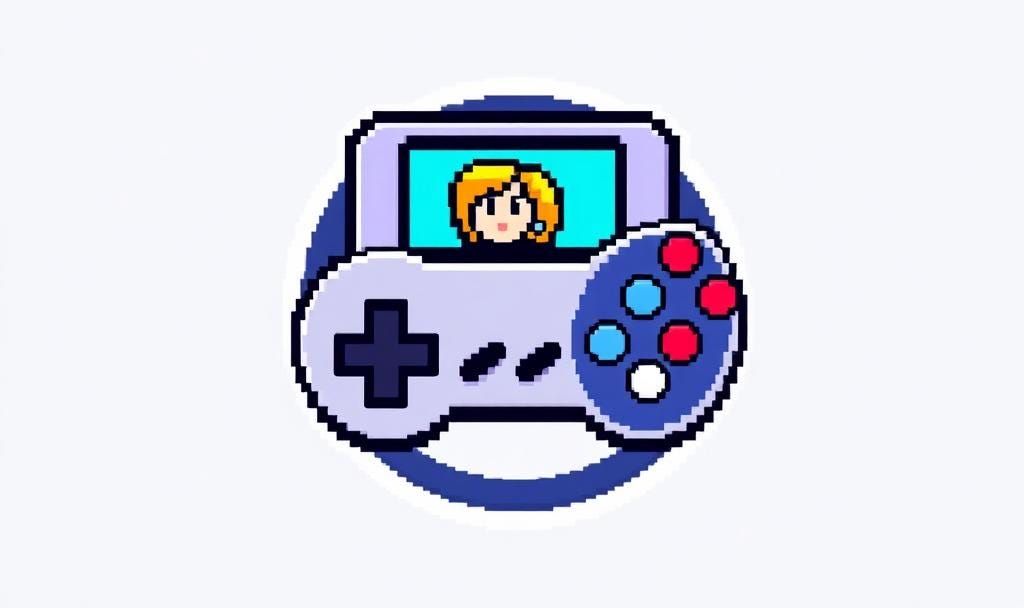Innovative UX Strategies to Enhance Player Experience in Game Design
Innovative UX strategies are revolutionizing game design by creating intuitive interfaces, personalized experiences, and accessible gameplay, thereby enhancing player engagement and satisfaction.
User experience (UX) design has become an essential element in creating immersive and interesting gameplay in the ever changing world of video games. In this article, we’ll take a look at some innovative UX strategies that are changing the way players interact with games, and some successful case studies that demonstrate these principles in action.
Intuitive UI Design: The Silent Guide
A good user interface is the invisible guidance for players to walk in the game world without effort. Intuitive UI that reveals essential information, tooltips, and visual cues during onboarding is the perfect example of this principle as does League of Legends. This approach aids in players’ fast comprehension of character abilities, problems and then helps them to learn without disturbing gameplay.
Progressive Onboarding
Long tutorials are gone. Progressive onboarding is a modern game trend that is embracing, introducing mechanics gradually as players explore the game world. This technique is so well used by Stardew Valley; players begin with simply farming before additional systems are implemented such as crafting and relationship building as players start to spend more time in the game. It prevents overwhelming new players but sustains engagement.
Emotional Design
The ability to emotionally design an experience is a very powerful tool to inject emotional depth into a player's immersion. Game designers can evoke certain emotions that will affect players long after they’re done playing the game by effectively using colors, music, and narrative techniques. The Legend of Zelda: Breath of the Wild uses environmental cues and intuitive design to subtly teach players about the game world, creating a sense of wonder and discovery that keeps players engaged for hours.
Feedback and "Juice"
Responsive feedback, or as it’s sometimes referred to as, “game feel” or “juice” is so critical to making players feel connected to the game world. By using visual, sound and haptic feedback, this could be realized. Facebook Messenger’s like button animation is a great example of how even very simple interactions can be made satisfying with considered feedback design.
Tailoring the Experience with Personalization
Personalization is becoming more and more important as we look to the future of game UX. Tailored experiences are beginning to make their way to games, which are now adapting to individual player behaviors and preferences to enhance engagement and satisfaction. This trend should continue with designers receiving AI driven insights to refine game elements based on actual user data.
Accessibility: Gaming for Everyone
As the desire for inclusivity continues to grow in gaming design, creators continue to work on innovative methods to make games fun for everyone. Part of the design includes adaptive controls and user interfaces capable of accommodating a spectrum of players' needs. Games can deliver to more people by making accessibility their priority and, in return, having more diverse gaming communities.
All in all, the game UX design is heading towards more immersive, more personalized, more inclusive experiences in its future. These innovative strategies offer game designers a way to create experiences not only entertaining, but deeply connected with gamers, giving the games a unique position in an increasingly competitive gaming market.






